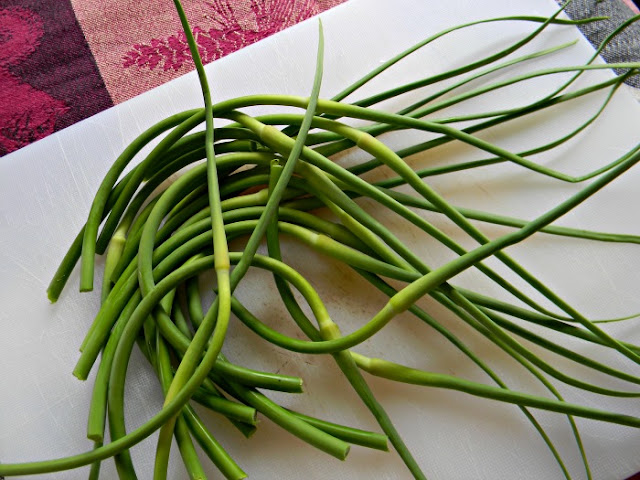Yellow-cracked bolete, Porcini, Gem-Studded Puffballs, Lion's Mane Mushroom
I'm happy that foraging is coming back around to being acceptable. For a long time in this country, foraged foods were equated with poverty and want. People who ate "weeds" were thought to be a bit nuts, put in a category of crazy naturalists. I never understood this stigma. Having grown up in a household with a European background, and a healthy dose of science thrown in, foraging was a natural and smart thing to do. If there is food growing outside your door, why not use it?
In many cultures, foraging is considered a fun, healthy and sometimes competitive pursuit. In some places, foraging is a necessary part of survival. Nature provides, we partake. None of this is crazy, it's just common sense.
Huckleberries
Razor Clams, after blanching
Rosehips in Syrup
When I travel to Europe to visit various friends, I always make note of the season and what might be ripe for foraging. My friends and I plan hikes and trips around what we can find. In Germany in spring, we look for bärlauch, a wild leek akin to our ramps; mushrooms like morcheln (morels) and puffballs; cattail tubers; and dandelions - dente di leone in Italian, Löwenzahn in German and dent-de-lion in French. Many cafe menu boards advertise dandelion salad in the spring. And it isn't cheap! All these things can be found here, too. Summertime brings marshmallow plant (malva); wild fennel and wood sorrel; nettles; sea beans (salicornia); and salmon berries, blackberries and wild tayberries. Autumn's haul is full of mushrooms of many varieties; rose hips; seaweeds and shellfish. Every season, in every climate, there are wild foods to be found and eaten.
Fresh Seaweed for soup
Free food you've found yourself always tastes better, somehow.








